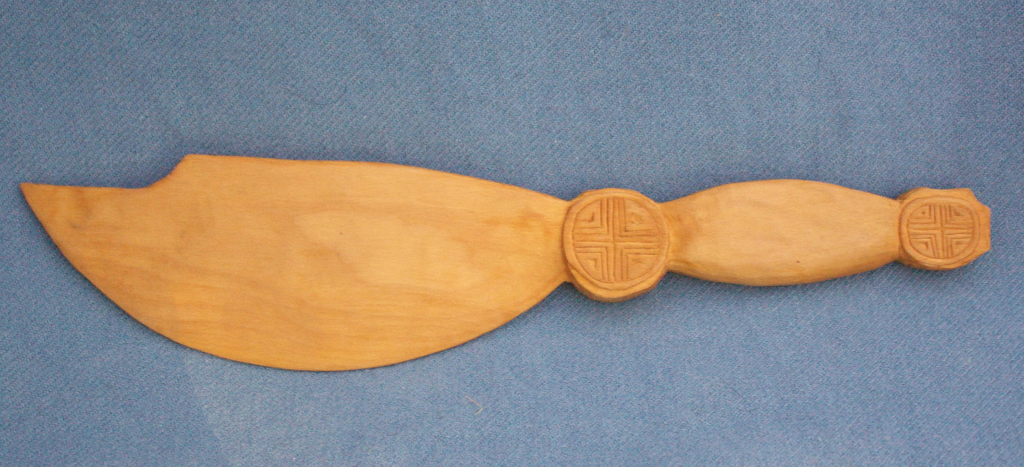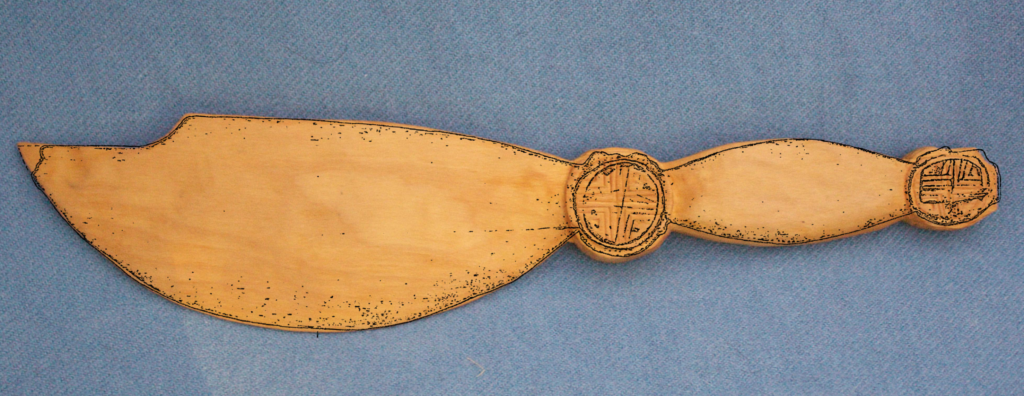I'm utterly delighted that there will be workshops next year - one set at the Nähtreffen Rothenfels, which is running for the 5th time now, and the tablet weaving workshop in Tüchersfeld.
Rothenfels will take place in February, from Friday 3 to Sunday 5. I have a number of workshops on the list, including the sewing introduction and sprang braiding - and there's other workshops as well, plus there will be music, and good company, and lots of fun hanging out with nice people. I'm very much looking forward to it already.
If everything works as it should, you can read more about it in the pdf on the right, which also contains information on how to register for the event.
The tablet weaving workshop is in March in the Fränkische Schweiz-Museum Tüchersfeld, on Friday 3 to Sunday 5. We'll cover tablet weaving from the basics to free pattern weaving with diagonals - and in some cases, participants in this course even proceeded on to the basics of 3:1 broken twill weaving, also without a pattern.
The workshop can be booked via the museum website; the price includes materials and lunch on Saturday and Sunday.




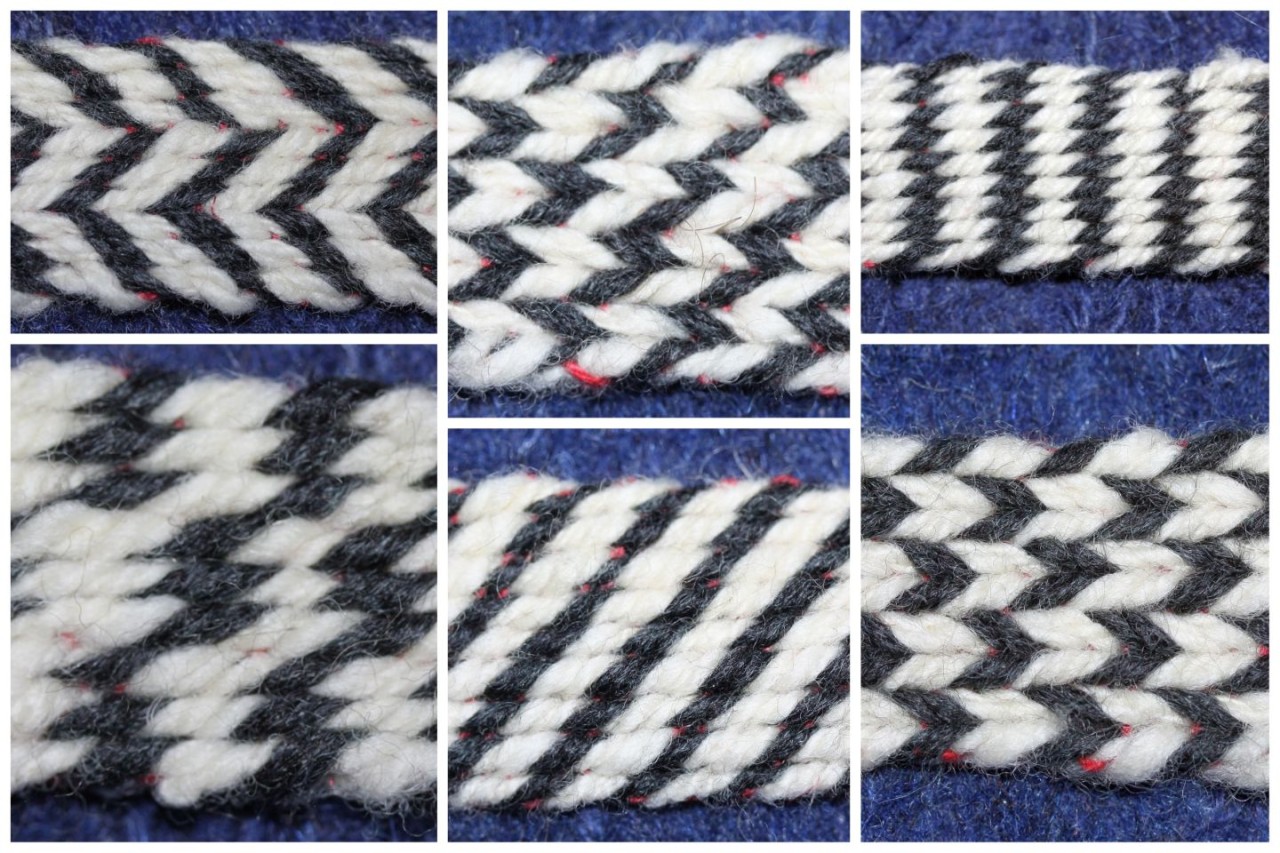
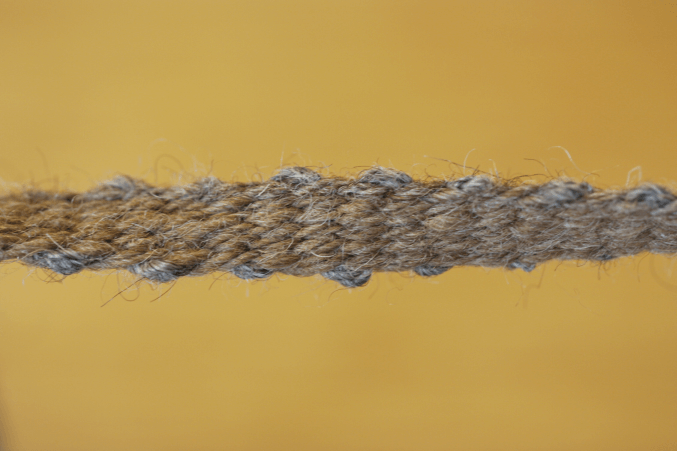
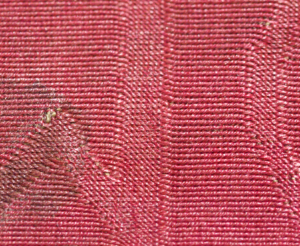 Detail from the "A(i)lbecunde" Belt from the Diözesanmuseum St. Ulrich & Afra, Augsburg. Tablet-woven from silk.
Detail from the "A(i)lbecunde" Belt from the Diözesanmuseum St. Ulrich & Afra, Augsburg. Tablet-woven from silk.